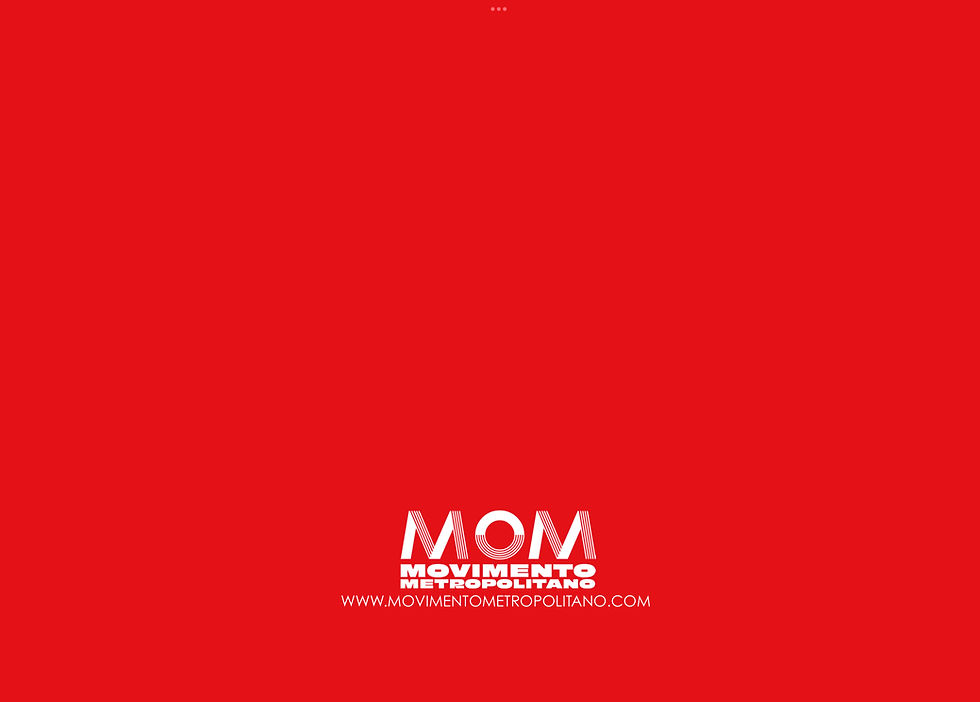The Food You Eat: Is It Safe?
- faridam7
- Aug 22
- 2 min read
Updated: Aug 23
The food on our plates is a central part of our lives, yet what's actually in it is often a matter of public concern. In an article earlier this year, 'Have We lost Sight of What True Health Looks Like?', our founder, Andrea Rasca highlighted the importance of this very issue, which is at the heart of our Movimento Metropolitano (MoM) ethos. The topic of ultra-processed foods (UPFs) has become a key part of this conversation. A more recent interview with New York University Professor Marion Nestle has equally brought a clear, journalistic focus to the issue of food additives, which are present in thousands of products we buy every day. You can listen to the full interview here.
Whilst government agencies are meant to ensure the safety of these additives, their effectiveness is seriously questioned. Marion Nestle notes that loopholes and outdated classifications have created a system that struggles to protect the public. It’s a reality she has been challenging since the 1980s through her work, including her best-selling book Food Politics. The influence of food companies on regulators is a significant issue, and being informed is the best way forward.
An interesting point of comparison is the difference between the US and European approaches to food safety. Whereas the US follows a principle of ‘if we don't know it's harmful, we'll use it’, the European Union operates on a precautionary principle - a substance is not used unless it’s been proven to be safe. For example, whilst some food colourings may not be banned in the EU, they’re required to carry a warning label. This different regulatory mindset offers a clearer path to consumer protection.
Rather than being a simple exposé, the interview with Marion Nestle provides us with the tools to make better choices. This is where MoM's values become our guide. We’ve always partnered with extraordinary local artisans and producers who share our common goal of championing real, wholesome ingredients. This approach offers a pragmatic solution to a complex problem.
Instead of navigating the confusing maze of regulations and E-numbers, we can choose to support independent businesses, food entrepreneurs, artisans, educational workshops, and creative initiatives. By choosing ingredients from local producers, we’re empowered to make decisions for our families based on transparent and more straightforward practices. This is the essence of building a community with shared goals, one that celebrates craftsmanship and partnership.
This is a powerful argument.Instead of simply reporting on a problem, we can be part of the solution. By making informed decisions, we can nourish our communities and build partnerships based on trust and quality.









